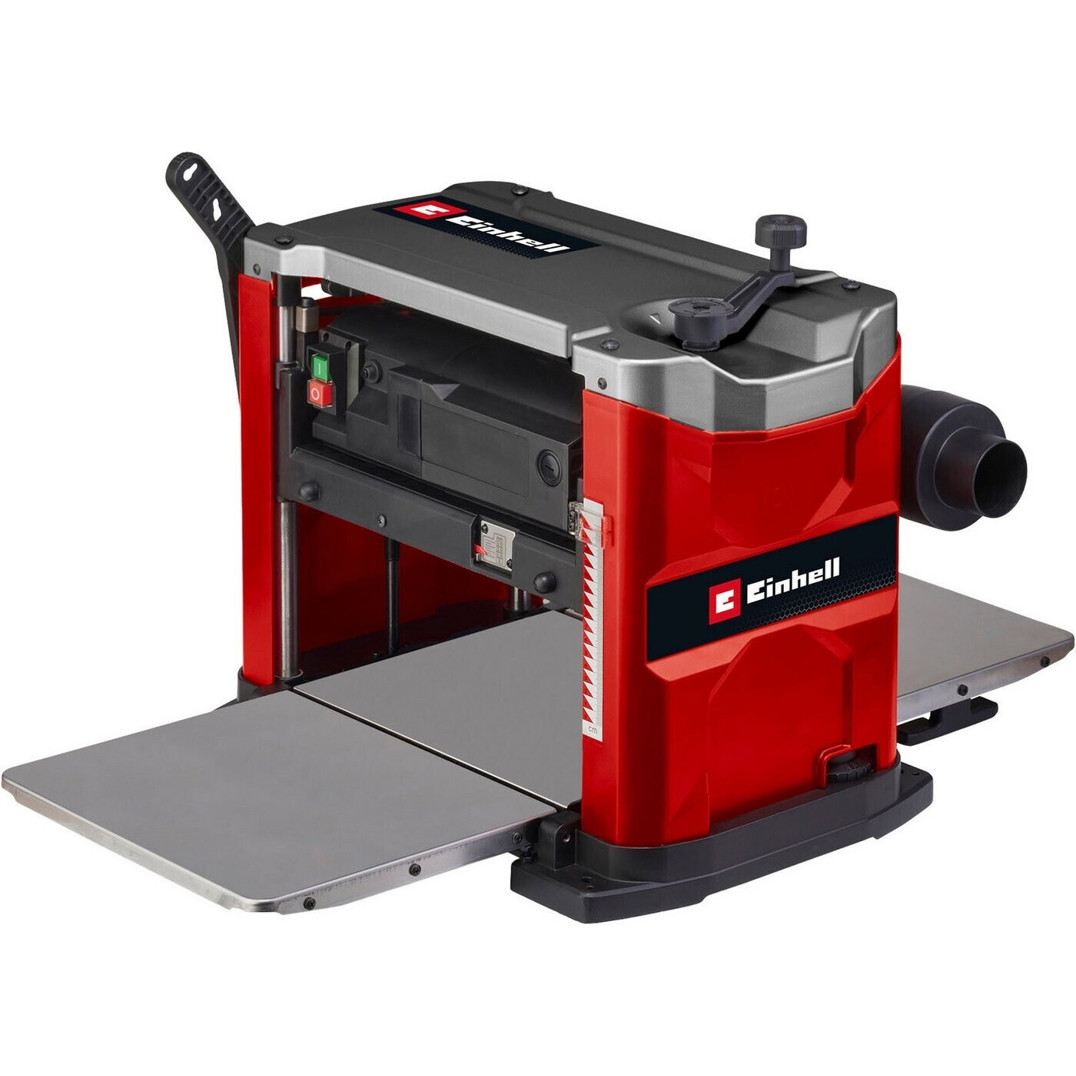The Ultimate Guide to Thicknessers with Dust Extraction
When it comes to woodworking, accomplishing the ideal finish requires both ability and the right tools. Among trivox-versand for any major woodworker is the thicknesser, also known as a planer. However, thicknessers can produce considerable amounts of wood shavings and dust, which can make the workshop environment unpleasant and even harmful. This is where thicknessers with integrated dust extraction systems enter play. In this guide, we will dive deep into the world of thicknessers with dust extraction, covering their features, benefits, and what to search for when buying one.
What is a Thicknesser?
A thicknesser is a woodworking machine designed to smooth and measurement lumber to a specific thickness. It achieves this by feeding the wood through a set of rotating blades that eliminate product from the surface area. Thicknessers come in various sizes and capabilities, however what sets dust extraction-equipped designs apart is their ability to reduce mess and enhance air quality in the workshop.
Advantages of Using a Thicknesser with Dust Extraction
- Improved Air Quality: A built-in dust extraction system substantially minimizes air-borne particles, which can be damaging to health.
- Cleaner Workspace: Without shavings and dust covering the floor and tools, the workshop stays organized and more enjoyable to work in.
- Improved Machine Performance: A cleaner machine typically operates much better, as the build-up of dust and debris can affect the effectiveness and longevity of the thicknesser.
- User Comfort: Reducing dust exposure contributes to a more comfy working environment, enabling woodworkers to focus on their craft.
- Efficiency: Automated dust extraction frequently works in tandem with the thicknessing procedure, conserving time on clean-ups and ensuring a steady workflow.
Key Features to Look For in a Thicknesser with Dust Extraction
When looking for a thicknesser with dust extraction, there are numerous essential functions to think about. Comprehending these can assist you choose the very best machine for your woodworking needs.
| Function | Description | Value |
|---|---|---|
| Dust Collection Capacity | The size of the dust bag or bin that collects shavings. | A larger capacity implies less disruptions for emptying. |
| Extraction Efficiency | The effectiveness of the dust extraction system in collecting dust and shavings. | High efficiency preserves tidy air quality and a tidy work area. |
| Motor Power | The power of the motor, frequently measured in horsepower (HP). | Greater power enables smoother operation and can deal with denser woods. |
| Feed Rate | The speed at which wood travels through the thicknesser. | Faster feed rates can lead to quicker job completion but may affect finish quality. |
| Material and Build Quality | The types of materials used in building and construction (e.g., cast iron, aluminum). | Heavy-duty construction makes sure longevity and stability during operation. |
Leading Thicknessers with Dust Extraction on the Market
Choosing the best thicknesser can be intimidating with numerous alternatives available. Below are some highly-rated models that provide outstanding dust extraction abilities:
| Model Name | Motor Power (HP) | Dust Collection Capacity | Price (Approximate) |
|---|---|---|---|
| DeWalt DW734 | 15 | 2.5 Bushels | ₤ 500 |
| Makita 2012NB | 15 | 3 Bushels | ₤ 600 |
| Jet JWP-208HH | 3 HP | 4 Bags (each 2.5 Bushels) | ₤ 1,100 |
| Powermatic PM-15 | 2 HP | 7 Bushels | ₤ 2,200 |
| Bauker Thicknesser | 1.5 HP | 10 Liters | ₤ 300 |
How to Set Up a Thicknesser with Dust Extraction
Establishing a thicknesser with a dust extraction system includes numerous actions to guarantee optimal performance and security:
- Placement: Position the thicknesser in a well-ventilated area, preferably near a dust extraction system or input ducting.
- Connect Dust Extraction: Ensure the hose pipe is correctly attached to both the dust port on the thicknesser and the collection system.
- Plug in and Test: Before turning on the thicknesser, examine all electrical connections and ensure that no tools or particles are obstructing its operation.
- Change Settings: Configure the thickness settings according to the wanted product thickness.
- Safety Gear: Always wear personal protective devices (PPE) such as security goggles, dust masks, and hearing security.
Regularly Asked Questions (FAQ)
1. Do I require a thicknesser with dust extraction?
While you can utilize a thicknesser without dust extraction, purchasing one considerably assists to keep the work space clean and makes sure better air quality.
2. How frequently should I empty the dust collection bag?
This depends on your thicknesser's use. Typically, it's a good idea to empty the dust bag after a considerable session of work, or when you discover lowered suction.
3. Can I utilize a thicknesser on wood?
Yes, thicknessers can be used on hardwood. Simply ensure that the design you select has appropriate motor power to manage harder products.
4. Is dust extraction loud?
Dust extraction systems can create noise, however features such as noise decrease and much better building can decrease sound levels.
5. How do I preserve my thicknesser and dust extraction system?
Routine upkeep includes cleaning up the dust bag, examining for clogs in the hose pipe, and examining the blades for sharpness and wear.
A thicknesser with a dust extraction system is a vital asset for anybody severe about woodworking. Not only does it boost the quality of your work by providing a clean, smooth finish, but it likewise contributes significantly to a much safer and more organized office. As you aim to update or acquire your first thicknesser, consider the vital functions, benefits, and models highlighted in this guide to pick the ideal tool for your requirements. Your woodworking projects will thank you!

